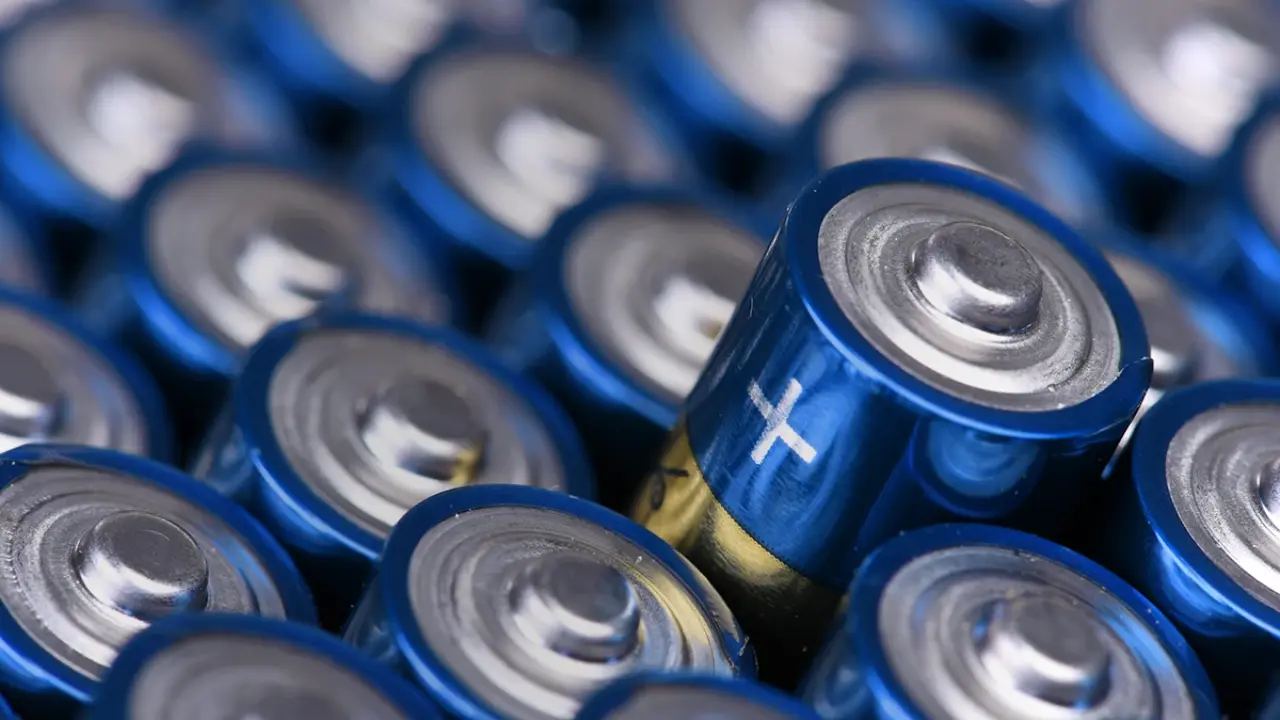Battery manufacturing process
Get a overview of related vacuum applications in the manufacturing of today’s most wanted technology: Li-Ion batteries.Electrolyte filling
When filling the cell, the electrolyte is introduced via a high-precision dosing lance under vacuum. By applying a defined pressure profile by alternating evacuation and inert gas purge of the cell the capillary effect is activated which leads to homogeneous distribution of the electrolyte. By this optimized wetting process quality and lifetime of the cell is increased.Impregnating
During formation of battery cells, a strong gas evolution occurs during the first charging process of the cell. Under a protective atmosphere in vacuum, the emitting gases will be extracted. Due to the toxicity and sometimes explosive risk nature of those gases, customer specific requirements on vacuum technology have to be taken into account.End-of-Line test
At the end of production a battery cell has to fulfill the manufacturers quality level. Electrical safety, leak tightness, and also the ordered specifications of the end-customer are the main reasons to run end-of-line tests. High cycle times have to be met as the current and future demand in terms of quantity and quality needs 100% testing.Leak detection
In order to ensure long-term performance and safe operation of all components of the battery, leak detection is an essential step in quality control. This applies to the battery cells, the cell components, cooling circuits, battery modules and its parts, as well as on complete battery packs. The battery has to be protected from moisture ingress on all levels in order to ensure safe and reliable operation of the systems.Battery cell housings
Battery cell housings are essential for the structural integrity and long-term performance of lithium-ion batteries. They protect sensitive components from damage and ensure a seal against moisture and contaminants. Precise manufacturing and leak detection are crucial to maintaining battery quality and safety.Battery cooling
Battery cooling is vital for the performance and safety of lithium-ion batteries. Effective cooling systems prevent overheating, which can lead to reduced efficiency, shorter battery operating time, and potential safety hazards. Maintaining an optimal temperature range ensures that the batteries operate efficiently and have a longer lifetime.Battery packs
The battery pack incorporates several components which have gone through leak testing in the previous assembly process. This is true for battery cells and modules as well as cooling channels. In the final battery pack testing, often cooling channels are tested again in order to detect any potential damage during the assembly processBattery recyling
With an efficient recycling concept for circular economy the majority of material demand can be served by recycled resources. Today, conventional Li-ion battery recycling relies mainly on pyrometallurgical processes. But also mechanical, hydrometallurgical or combinations with pyrometallurgical processes rise in importanceTo enable the shift from conventional to electrical mobility the availability of resources has to be secured. Like for any other product recycling is a cost efficient and sustainable way to reduce the need for constant flow of freshly mined resources. New promising recycling methods can reach up to 91% recycling rate with utilization of processes under vacuum.
FAQ
What are the application requirements?
- Dry pumps with high resistance to poisonous and toxic fumes in drying, filling and formation processes
- High sensitivity leak testing of battery components and battery cells
- Integral and quantitative leak testing of battery packs and cooling circuits
